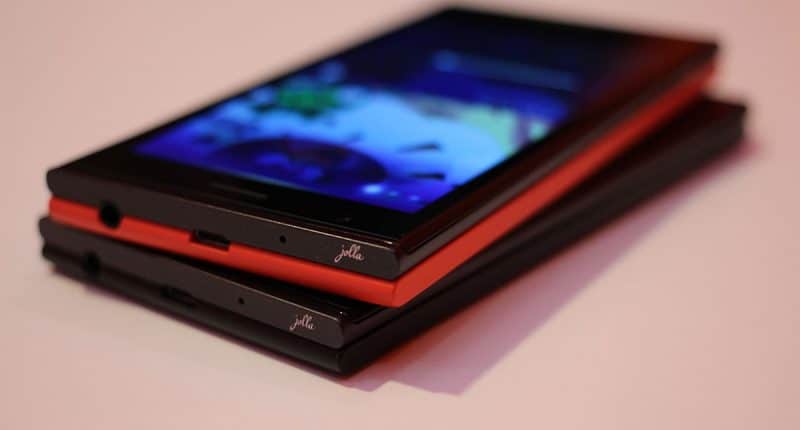Chinese tech giant Huawei, the company that ruled over its home market with an iron fist, has now become a mere shadow of its former self after being unable to recuperate from the effect 2020 had on it. According to a report by Canalys, the company’s market share diminished from 41% in Q3 2020 to 22% in Q4 2020, as it managed to ship only 18.8 million units.
Rival company Oppo took advantage of Huawei’s struggles by charting a rapid rise into second place – it recorded a growth of 23% year-on-year and shipped 17.2 million units. Fellow Chinese company Vivo came in third, with 15.7 million shipments and an year-on-year growth of 20%. Apple was not far behind either. The California-based tech giant, which reached a market cap of $2 trillion in 2020 and is now riding on the success of the iPhone 12, reported its best performance in China in recent years, shipping more than 15.3 million units in the fourth quarter. This coincided with a rise in Apple’s market share in China to 18%. Xiaomi was the last in the top five with shipments of 12.2 million units and year-on-year growth of 52%.
This change in market comes after Huawei’s performance was hit hard by US sanctions, resulting in the smartphone market in China declining by 4% year-on-year. Statistics revealed that the smartphone market in mainland China finished the year with 84 million units shipped in the winter quarter. A total of 330 million units were shipped in China for the whole year, which means that the market shrunk by a massive 11%.
Nicole Peng, Canalys VP of Mobility, said that it was possibly the toughest time for Huawei since it was under restraint to even serve its home market. “Huawei’s sell-in shipments shrunk by nearly half sequentially, despite the huge demand for Huawei devices, as the vendor are unable to fulfill this demand in the foreseeable future. Other vendors are eyeing this opportunity,” she said.
Moreover, the company also divested its smartphone lineup Honor, which played a major part in its abysmal performance during the quarter. However, Peng thinks that “Honor is also a player we shouldn’t ignore in China in 2021, as the vendor has inherited most of Huawei’s strengths and aims to win over Huawei’s loyal customers. As Huawei recedes, local consumers and channels are exposed to more choices, while newer or smaller brands have more chances to stand out. ” Huawei’s loss might just be Honor’s gain, and the lucky break it needed.
According to Peng, Huawei’s loss was the gain for rival companies, as this prompted the growth of Oppo, Vivo, and Xiaomi, driven by huge investments in store expansion and marketing support and allowing them to compete over Huawei’s offline channel partners across the country, including small rural ones. “2021 will be clearly a year of aggressive expansion for Oppo, Vivo, and Xiaomi,” she added.
Canalyst Research Analyst Amber Liu revealed that Apple’s success in China was mostly due to the successes of the iPhone 11 and iPhone 12 models. Apple also recorded its highest quarterly shipments in China since the final quarter of 2015.
“Apple’s launch of iPhone 12 series in China coincides with Huawei’s struggle, its only rival in the high-end segment, whose flagship Mate series shipped fewer than 4 million units in Q4. However, Apple has not relaxed its market promotions for iPhone 12. Aggressive online promotions across eCommerce players, coupled with widely available trade-in plans and interest-free installments with major banks, drove Apple to its stellar performance,” Liu added.
If that is not enough bad news, for the first time since 2014, Huawei fell out of the top five to bag the sixth position in global smartphone deliveries in the final quarter, according to another report by Canalys.
The Tech Portal is published by Blue Box Media Private Limited. Our investors have no influence over our reporting. Read our full Ownership and Funding Disclosure →






